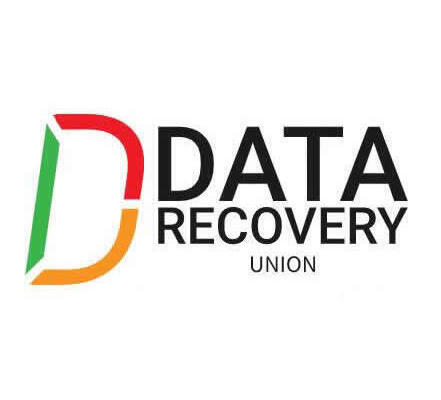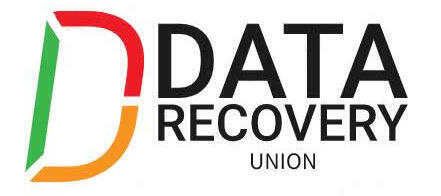 When 2010 came to a close, the introduction of new private and hybrid cloud systems was on everybody’s trending-up list. Now, as 2011 plays out, we are able to observe that individuals forecasts were generally correct it had been indeed annually of cloud adoption. 1000’s of recent clouds were architected, built and used throughout the final 12 several weeks, plus they came online in most size marketplaces. Where is trending headed for the following 12 several weeks? The majority of the IT business prognosticators have been in agreement on a minumum of one factor: The bend for cloud-based IT buying will continue “up and right.Inch You will find a lot of cost, deployment and monitoring benefits involved for companies to disregard this. With this particular like a backdrop, eWEEK presents here a couple of forecasts for 2012 within the cloud infrastructure space. Our resource is TwinStrata Boss and co-founder Nicos Vekiarides. TwinStrata offers the CloudArray storage-area network (SAN) which comes either like a cloud service or on the commodity server and may be blocked in to a data center. CloudArray finds data stores wherever they’re and combines them.
When 2010 came to a close, the introduction of new private and hybrid cloud systems was on everybody’s trending-up list. Now, as 2011 plays out, we are able to observe that individuals forecasts were generally correct it had been indeed annually of cloud adoption. 1000’s of recent clouds were architected, built and used throughout the final 12 several weeks, plus they came online in most size marketplaces. Where is trending headed for the following 12 several weeks? The majority of the IT business prognosticators have been in agreement on a minumum of one factor: The bend for cloud-based IT buying will continue “up and right.Inch You will find a lot of cost, deployment and monitoring benefits involved for companies to disregard this. With this particular like a backdrop, eWEEK presents here a couple of forecasts for 2012 within the cloud infrastructure space. Our resource is TwinStrata Boss and co-founder Nicos Vekiarides. TwinStrata offers the CloudArray storage-area network (SAN) which comes either like a cloud service or on the commodity server and may be blocked in to a data center. CloudArray finds data stores wherever they’re and combines them.
Existing Storage Remains Used
For many companies, the idea of moving almost all their data towards the cloud isn’t achievable. However, continuously growing data storage is fueling an excuse for more capacity. Believe to deal with this need compared to cloud storage? The advantages are use of a safe and secure, unlimited pool of storage capacity that never requires upgrade/alternative and reduces capital expense.
Private Clouds Growing in Large Businesses
Businesses searching to leverage the financial systems, efficiencies and scale that cloud companies have accomplished are implementing cloud models in-house for example OpenStack for compute and storage conditions. These private clouds offer scale, agility and cost/performance typically unmatched by traditional infrastructure solutions and, simultaneously, can reside in the company’s firewall.
Disaster Recovery to Cloud Becomes a possible option
Typically, firms that need disaster recovery and business continuity have always needed to depend on devoted duplicated infrastructure in an off-site place to have the ability to get over physical disaster. What this means is having to pay capital expenses for frequently-idle hardware, before the disaster strikes. A DR cloud service means not needing to purchase this infrastructure, except when it’s needed. Trade-off? While zero-down time disaster recovery is going to be unlikely, search for service-level contracts (SLAs) that provide recovery-time objectives (RTOs) within hrs.
DR In the Cloud Can Become essential
What goes on to any or all your computer data that resides within the cloud trapped with a software like a service (SaaS) application within the situation of the disaster? The fact is, most companies will have a tragedy recovery strategy, but how will you create an additional degree of protection that’s beneath your control? Search for a brand new variety of solutions that backup SaaS data either in your area in order to another provider.
Simpler On-Boarding of Programs towards the Cloud
Certain business application could be moved entirely towards the cloud, saving the administration and upkeep of their hardware/software platforms on-site. Companies are searching for tools to create this migration viable, specially the IT-strapped organizations that may help the most. Search for new robust toolsets that may migrate programs to a range of cloud companies.
Nonrelational Databases for Large Data Workloads
NoSQL databases, for example Apache CouchDB, enable great scalability to meet the requirements of terabytes and petabytes of information for countless customers. Large data workloads will pressure a lot of companies to think about these options to traditional databases, and cloud deployment models will simplify the rollout. Search for suppliers supplying supported NoSQL solutions.
Solid-Condition Disk Storage Tiers within the Cloud
Moving greater-performance programs within the cloud does not always guarantee that they’ll get the amount of performance they require using their data storage. By providing high-performance tiers of storage which are SSD-based (mainly NAND expensive), cloud companies will have the ability to address the requirements for foreseeable and faster application response occasions.
Data Reduction Will get Better
With data storage still commanding a per-GB operating expense within the cloud, deduplication and compression technologies have grown to be rather ubiqitous in assisting minimize costs. Although some may argue the capability optimisation game has performed out, there’s still the task of capacity optimisation on the more global scale to lessen aggregate capacity usage across multiple tenants. Furthermore, there remains challenging for wealthy media content, which doesn’t fare particularly well with present day technologies. Search for the development of new data reduction IT that addresses both needs.
More Utilisation of the Cloud for Statistics
Statistics need a scalable compute and storage atmosphere that may be very costly to construct from devoted hardware (i.e., Oracle’s $a million Exalogic database machine). Statistics software may also be an extremely costly area of the proposition. Much like hardware remaining idle for disaster recovery reasons, statistics for a lot of companies might be a periodic exercise that only runs in a nutshell bursts and might not be suited or viable for devoted conditions. Statistics conditions within the cloud turn the periodic expense right into a “pay-per-use” bill, meeting business goals in a cheaper cost point.
‘Cloud-Envy’ Gets To Be More Commonplace
Although companies will adopt clouds in 2012, others can always wait and ponder well past 2012. In most cases, the realization from the financial aspects and efficiencies from the cloud is apparent, although the strategy might be different. In reaction, a few of the laggards could find ideas and applications proven cloud methods that improve IT efficiency on-premise or, regrettably, some may be taken in by cloud-washing by buying traditional IT infrastructure having a cloud title inside a feeble make an effort to satisfy their “cloud-envy.”











